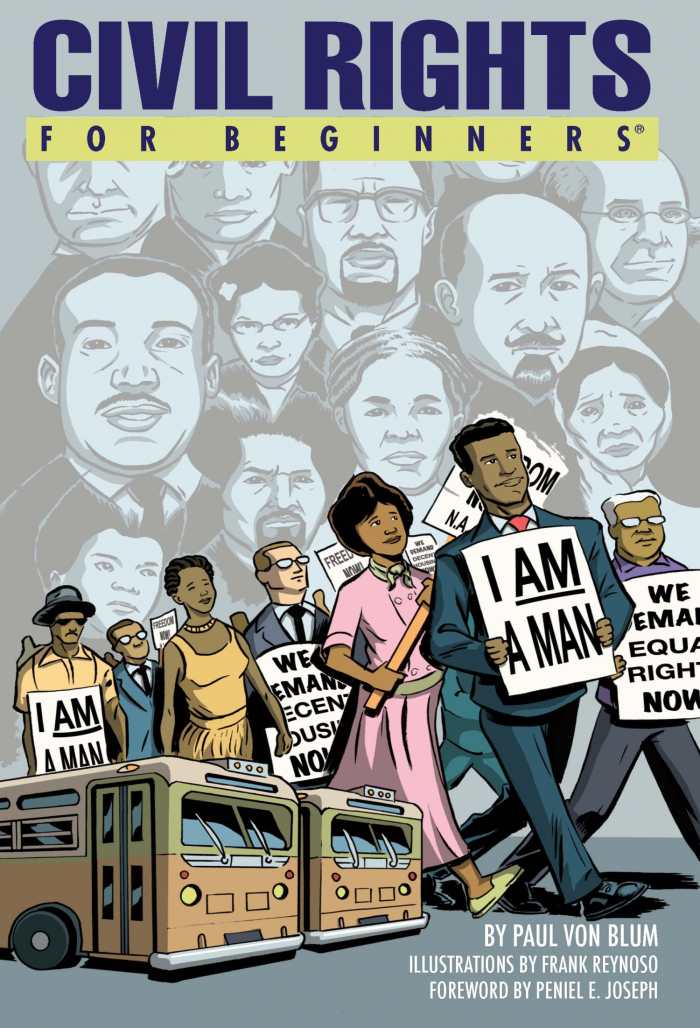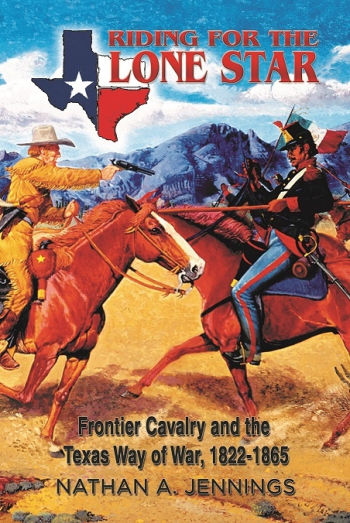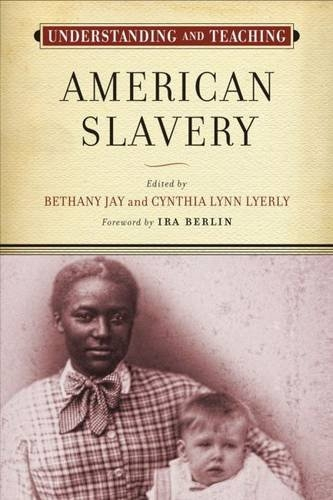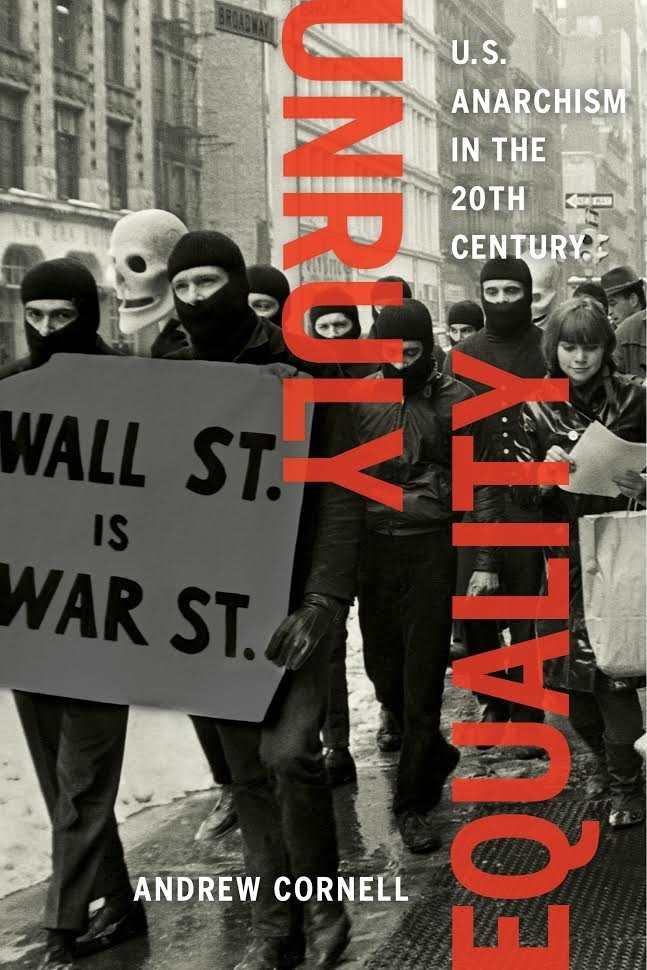Top 5 Indie Histories for Spring 2016

For the history buff in all of us, here are some top picks of books from our Spring 2016 edition that really showcase the past as it was. With no sugarcoating, these books go further than the simple events; they explore the topic thoroughly, with reflection and insight. Learn not just dates and numbers, but truly understand the topic.
Civil Rights for Beginners

Paul Von Blum
Frank Reynoso, illustrator
For Beginners LLC
Softcover $15.95 (176pp)
978-1-934389-89-8
Buy: Local Bookstore (Bookshop)
With its engaging graphic novel-style illustrations and comprehensive details, this is an illuminating and balanced introduction to civil rights efforts.
Civil Rights for Beginners, part of the For Beginners series, is a thorough account of the history of civil rights movements, from slave revolts in the late 1800s through to the Black Lives Matter grassroots campaign that began in 2013, highlighting well-known icons such as Martin Luther King Jr., Rosa Parks, Frederick Douglass, and Harriet Tubman, and lesser-known figures such as Octavius Catto and John Hope.
In this comprehensive history of civil rights in the United States, Paul Von Blum, professor of African American studies and communication studies at UCLA, shows how efforts across the decades are interconnected. He makes the material accessible, even for young audiences, by exploring many issues and leaders in just enough detail to demonstrate the impact of each. Ideal for educational settings, the graphic-style illustrations by Frank Reynoso further engage and illuminate.
Von Blum details different campaign tactics, some militant, some nonviolent, in a neutral way, not suggesting one was better than another. Some of the more militant tactics, especially, are placed in context as a response to frustration. The balanced account acknowledges flaws in some approaches. For example, he mentions Marcus Garvey’s stubbornness and lack of political vision, but without dismissing the impact of Garvey’s efforts.
This account emphasizes that regardless of tactics and outcomes, all efforts contributed to the advancement of civil rights. By taking a “big picture” view of events and placing them in historical context, Von Blum explains how later movements were impacted by previous civil rights campaigns. He also explores the role of music, films, and literature in the civil rights movement, acknowledging the powerful role of popular culture in establishing and changing norms and perceptions.
All efforts are presented as an integral part of the movement and a precursor to contemporary civil rights efforts. The struggles of “agitational enterprises” are presented as worthwhile. While placing the movement in historical context, this account also conveys a message of empowerment to all those seeking their civil rights.
MARIA SIANO (February 2, 2016)
Riding for the Lone Star
Frontier Cavalry and the Texas Way of War, 188-1865

Nathan A. Jennings
University of North Texas Press
Softcover $32.95 (464pp)
978-1-57441-635-0
Buy: Local Bookstore (Bookshop)
This Wild West military history pays homage to those who settled an embattled land.
The United States’ expansion into Texas in the early nineteenth century was fraught with challenges. The pioneers who made the bold move to leave the relative safety and security of the East and push westward had to deal with a hostile indigenous population as well as the forces of Mexico who had already established themselves in the region.
Jennings, a US Army captain who teaches history at the United States Military Academy at West Point and who holds an MA in American history from the University of Texas at Austin, tells this story capably, in an exhaustively researched yet thrilling manner. He uses first-person accounts to add a dramatic sense of the life-and-death struggles that the “immigrants” faced when battling tribes of Native Americans, who held strategic advantages since they were much more familiar with the geography. “There were no battle lines or fortified boundaries,” he writes, “and the colony remained vulnerable at any given point from any direction.”
Even weapons technology conspired against the “Texians,” as the settlers were called. They might have amounted to more devastating capabilities in the aggregate, but personal sidearms were single-shot in the early years; reloading took precious seconds. During the time it took to prepare another charge, the Native Americans—more accustomed to fighting while on horseback—could shoot arrows with an impressive accuracy that could not be matched by their more inexperienced counterparts. The author also reports on the mundane aspects of building, organizing, and maintaining a fighting force essentially made up of citizen soldiers. Such details are illuminating.
To be sure, a book like Riding for the Lone Star is written with serious students of military history in mind. Casual readers may be familiar with names like Sam Houston and the Mexican general Santa Anna from movies, but Jennings correctly pays homage to those who are less renowned, but who were indispensable to the hard-won success, establishment, and defense of Texas as an independent entity.
RON KAPLAN (February 29, 2016)
Shadows of Revolution
Reflections on France, Past and Present

David A. Bell
Oxford University Press
Hardcover $29.95 (456pp)
978-0-19-026268-6
The contradiction of Americans’ simultaneous love and hatred of France is placed in proper historical context.
With Shadows of Revolution, historian and journalist David A. Bell shares a boundless enthusiasm for all things French, with particular expertise on two defining eras in French history, the Revolution and the Nazi-collaborationist regime of Vichy in World War II. In this new collection of essays and book reviews, many of which appeared in the New Republic, London Review of Books, and elsewhere, Bell proves to be a demanding critic of other historians’ work and a highly knowledgeable guide to France’s past and present.
Americans, he notes, have a contradictory view of the French: “When we need a frivolous, effeminate, weaselly antagonist to highlight our supposed simple and manly virtues, we call on them. Yet when we search for an ideal of refined, worldly sophistication to place above our own more rough-hewn tastes, they also fit the bill.” This complicated attitude isn’t surprising, given the centuries-spanning political influence of the French Revolution, Napoleon Bonaparte’s unshakable place in world history, and the enduring legacy of French collaborators under Nazi rule.
The French have made a disproportionately high contribution to world culture and ideas of liberty and justice, but at the same time, their long, troubled history (particularly during the nineteenth and twentieth centuries) offers many areas of dispute and conflict. Bell aims to clarify scholarly and popular misconceptions about France, and to pave the way toward a better understanding of this key European nation’s profound role in history.
To the end, Bell generously praises academics who, in his opinion, get things right, while scolding other historians who “boil away the complexity and flavor, leaving nothing but an insipid textbook broth of familiar facts.” In his view, “identifying with individuals in the past is central to the writing of good history, and to the experience of reading it.”
Shadows of Revolution will make compelling reading for anyone interested in the French Revolution, Napoleon, the notorious Dreyfus Affair, Vichy, and more recent turbulent events in France (the author also includes reflections on the January 2015 terrorist attack on the satirical magazine Charlie Hebdo). Nonetheless, scholarly readers who come armed with an in-depth knowledge of French history likely constitute the ideal audience for this book.
LEE POLEVOI (February 29, 2016)
Understanding and Teaching American Slavery

Bethany Jay, editor
Cynthia Lynn Lyerly, editor
University of Wisconsin Press
Softcover $34.95 (288pp)
978-0-299-30664-9
Buy: Local Bookstore (Bookshop)
This is a concise academic methodology for explaining the insidious institution of slavery and its continuing ramifications for American culture.
Understanding and Teaching American Slavery purports to do what any thinking person in this country might consider an impossible task: provide an academic scheme for explaining the insidious institution of slavery in this country and its continuing ramifications within American culture. The book’s editors—Bethany Jay, associate professor of history at Salem State University, and Cynthia Lynn Lyerly, associate professor of history at Boston College—have done just that.
This slim volume contains a compelling introduction by the editors, and an even more powerful argument from Ira Berlin on the need to teach the history of slavery. Berlin, Distinguished Professor of History at the University of Maryland, identifies ten “essential elements” that he believes should be incorporated into every curriculum on the subject: “appreciating these ten elements in the history of slavery opens the door to a conversation that may transform not only our students but also the society in which they live.”
This is a primary purpose of this book: recognizing and comprehending the pervasiveness of slavery in the history of this country, its continuing influence on the culture and institutions of this country, and, by opening discussions on these delicate issues, fundamentally changing American society.
Nonacademic readers will find provocative facts on nearly every page, information that will enlighten everyone and stir even the most timid soul to a deeper reflection on the issue of race. The legacy of slavery that continues to marginalize people of color, to keep them “in their place,” is explicated in abundantly clear terms.
The book is divided into three parts, each part dealing with a different aspect of teaching slavery while never straying from the guiding principal stated by Jay and Lyerly: “This book is our effort to … grapple with the ugly truths of America’s past.” Their effort is comprehensive and honest. Each essayist contributes innovative insights into slavery and the concept of history, using stimulating techniques, such as slave narratives, film, and art. Each chapter reinforces the idea that there is nothing in American culture not affected by slavery.
Every teacher should read this book and be reinvigorated in his or her task of presenting history accurately and thoroughly. Every citizen should read this book and be rededicated to the ideals of this society–equality and fairness.
JOHN SENGER (February 29, 2016)
Unruly Equality
U.S. Anarchism in the 20th Century

Andrew Cornell
University of California Press
Softcover $24.95 (416pp)
978-0-520-28675-7
Buy: Local Bookstore (Bookshop)
This history of modern anarchy highlights the “outsider” perspectives that drive modern rebellions.
Unruly Equality: U.S. Anarchism in the 20th Century, by Andrew Cornell, is a thorough look at how the quest for less government—or none at all—has manifested and influenced life and government in America.
Cornell covers anarchist thought and movements from World War I to the Vietnam War, as the climate shifted from classical anarchism (often individualist), covered in part one, to contemporary anarchism (which takes a more social bent), covered in part two. As he traces historical events, Cornell brings clarity to complicated terms and decentralized movements. Broadly speaking, anarchy is a practical and ideological ethic that is against authoritarianism, hierarchy, and oppression, and focuses on egalitarianism and liberty to challenge political, economic, and social structures.
While anarchism is the primary stream of the book, Cornell necessarily weaves in the political and social issues that give anarchist movements shape and drive. The insights arising from his research are highly relevant to the anarchist spirit in today’s economic, racial, and other justice movements.
For many modern Americans, anarchy is a vague concept, difficult to define, much less understand and embrace. Cornell’s meticulous documentation of anarchist ideals shows the value of this seemingly outsider perspective and the roots that drive what some might call rebellion. As an author of social history, Cornell shares both events and the ideas, both causes and effects, surrounding them.
While Cornell’s approach and tone are academic, the book is very readable, making it accessible even outside his field of study. Cornell takes an open stance toward his subject matter and his audience. He passes the energy of his research along through the text, making Unruly Equality the antithesis of scholarly drudgery.
Cornell’s book is a perfect fit for a broad array of social and political leaders and thinkers, from young activists who grew up scrawling anarchy symbols on their lockers, to academics who study the means and motives of social change.
Through its attention and precision, Unruly Equality shows the heart and value of the positive accomplishments of anarchism in America.
MELISSA WUSKE (February 29, 2016)
Hannah Hohman
